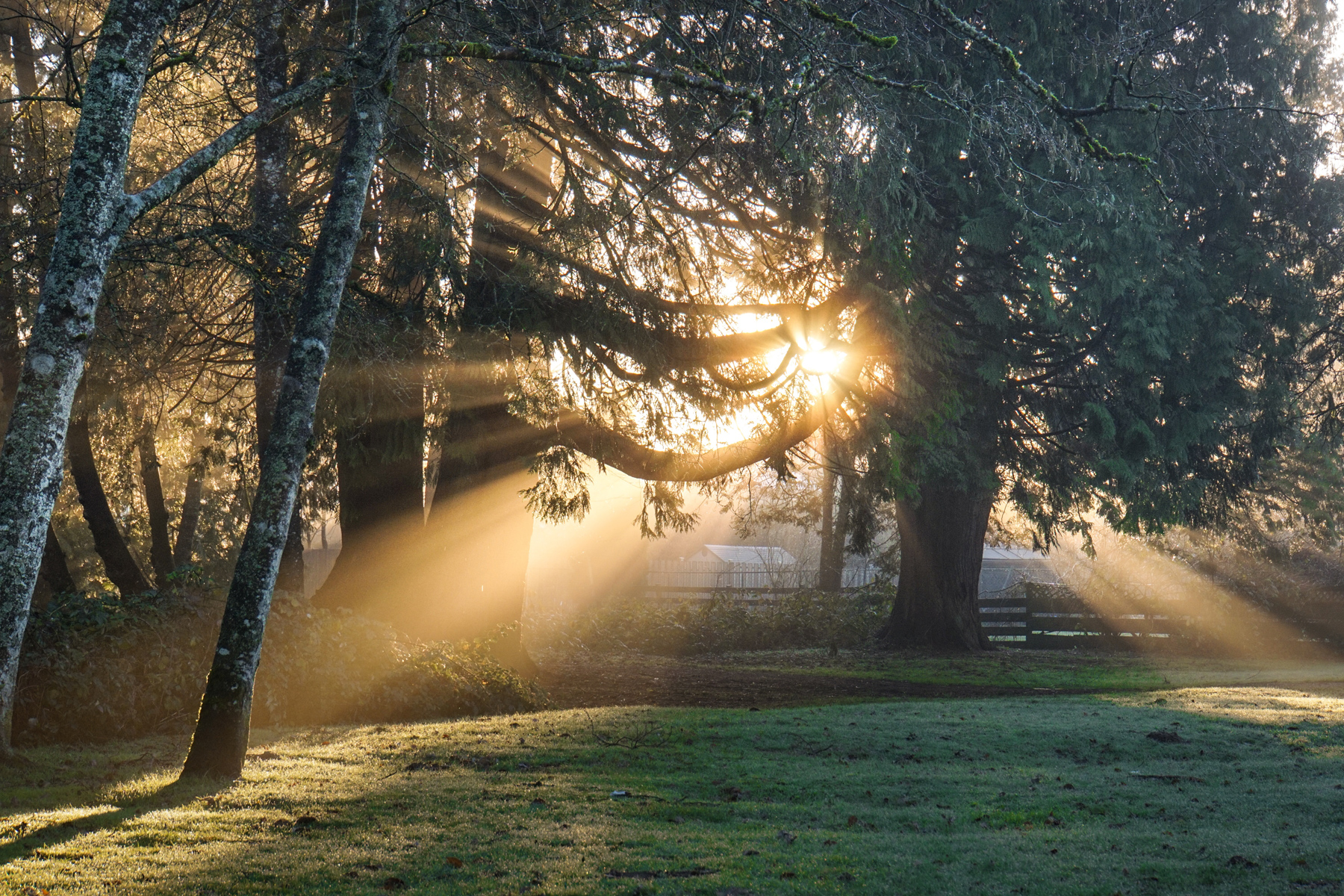October in the garden
For the next couple of months it may seem that all you are doing is clearing up leaves, as quick as you can clear them, they have fallen again. It can feel like a never ending cycle, especially if you are lucky enough to live in a place surrounded by giant Chesnuts and Oaks but it is very important for the health of your autumn lawn. Leaving leaves where they fall will starve your lawn of light and can quickly cause the spread of fungal disease.
I always consider it to be good honest work and if you really put your back into it and whistle while you work, you can skip that session at the gym that you had planned. Here’s a little tip if you don’t have too many leaves to clear: Rake them on to the lawn and just cut the grass, let the mower do the picking up for you, a small amount of leaves can be added to your compost heap or bin in the normal way.
However, if you are gathering large quantities to save you endless trips to the tip, you could try making leafmould.
Great for top-dressing containers, rockeries and woodland plants, leafmould can even used as a top-dressing for container grown Rhododendrons and Camellias in Spring or as a mulch for perennials and it couldn’t be simpler to make.
Place the damp leaves into black bin liners with a few air holes added using a garden fork.
Tie the tops and stack the bags in a shady spot out of the way.
Step 3
Leave the bags until next autumn, by which time the leaves should have broken down to form rich, crumbly mulch. For a finer top-dressing leave longer. Take care when opening the bags and do not breath in any dust or spores from the compost.
Also this month:
- Plant Tulip bulbs
- Plant new perennials and climbers
- Force bulbs for Christmas
- Plant up some new autumn interest planters for the patio
- When the first frosts have blackened the foliage of your dahlias trim them back to the base of the main stems and carefully dig up the tubers
- Keep houseplants drier to slow down growth during the winter
- Clear garden, burn any diseased debris and compost the rest
- Take semi-ripe cuttings from shrubs and roses
- Turfing
- Cut back remaining perennials that have finished flowering




